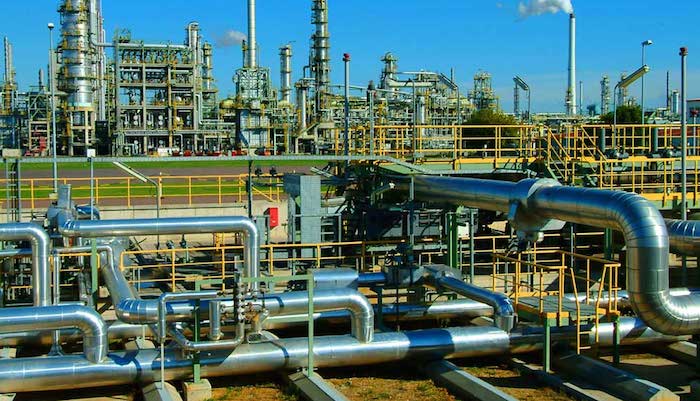Namibia could see an oil boom thanks to several major discoveries that suggest there could be more oil yet to come.
An influx of foreign investment has helped Namibia to begin exploring its oil and gas potential, and it looks like it may be quickly paying off with several new finds in recent months, with some dubbing it the “new Guyana”.
This influx of capital stands in stark contrast to the challenges faced by Nigeria, which has struggled to attract similar enthusiasm for its own energy resources.
Shell, TotalEnergies and Portugal’s Galp have made a series of discoveries of oil (and some gas) off the coast of the southwest African country in the past two years.
Together these could produce hundreds of millions, if not billions, of barrels of oil. If anything, a surprisingly high success rate could spur more activity.
Of 17 pure exploration wells since February 2022, there have been 15 confirmed discoveries of commercial quantities of oil or gas. Certainly, Chevron has confidence in this outcome. In October 2022 America’s second-largest oil company announced that it had acquired 80 per cent of an offshore licence from the Namibian affiliate of Toronto-listed explorer Sintana and one other small driller. Junior explorer Sintana was an early buyer of licences to drill off the Namibian coast.
Chevron’s acquired acreage is just west of Galp’s. The American oil company has applied to drill as many as 10 wells starting in the fourth quarter of this year. Investors in Sintana, with a C$122mn market value, have done well. Its share price has more than tripled over the past year. Of course, the law of averages could soon catch up with these explorers.
The typical success rate for a series of offshore wells such as these is around a third. Such a high hit rate (88 per cent so far) might mean that this Orange basin in Namibia could be highly prolific. But history suggests this kind of success rate will tail off in the next couple of years.
These wells cannot be cheap. Some are being drilled in 5,000 metres of water, before going even deeper through the seafloor. Galp had budgeted $200mn-$300mn for its first two successful wells back in October.
Even if those costs come down over time, a few “dry” wells could cause some of these oil companies to rethink their plans. It is too early to tell whether the Namibian offshore oil play will turn into another large source of oil.
But early indications suggest large finds in the hundreds of millions of barrels of recoverable oil, at least. Inevitably, the successes of Total, Shell and Galp will encourage large oil companies to direct more investment into exploration. That impetus, as well as the potential added supply if significant, could help keep a lid on oil prices in the years to come.
For a frontier market with the population of Nigeria, oil majors not looking in its direction should be a big worry for the government as it has dire implications for social welfare and economic growth.

